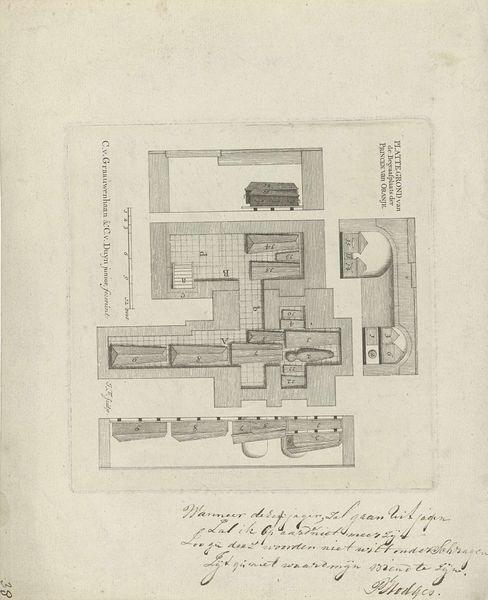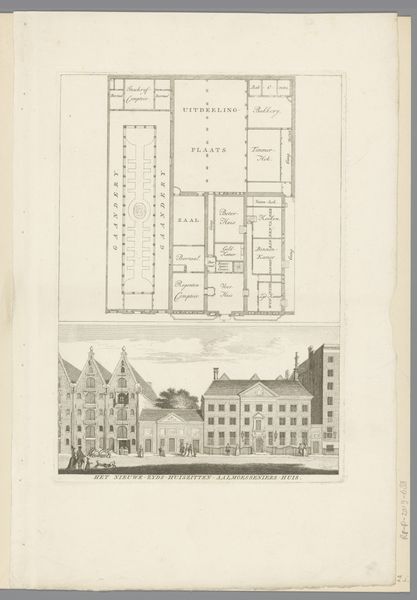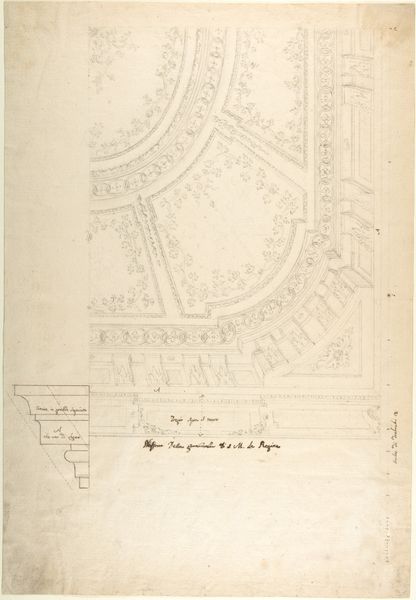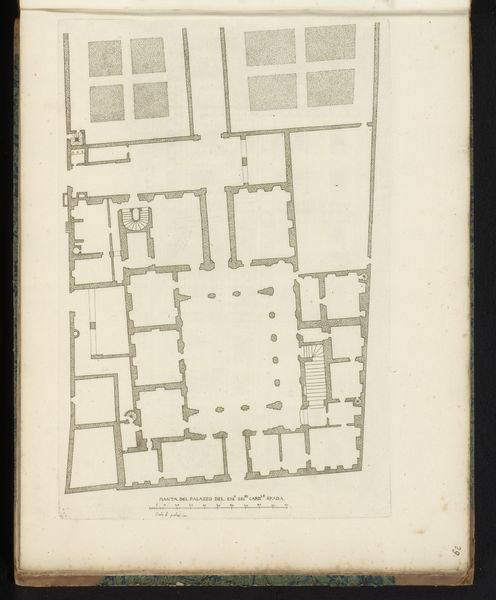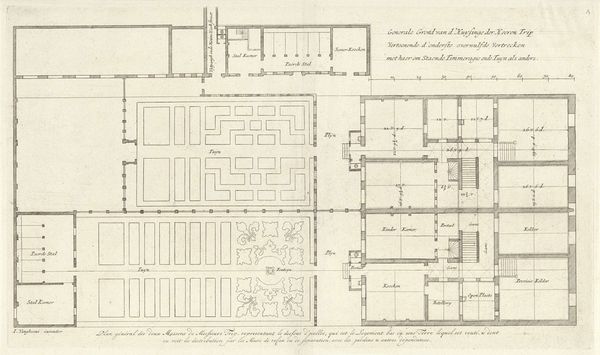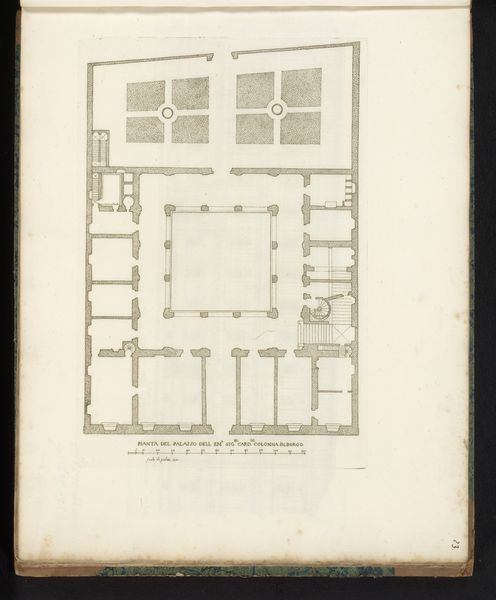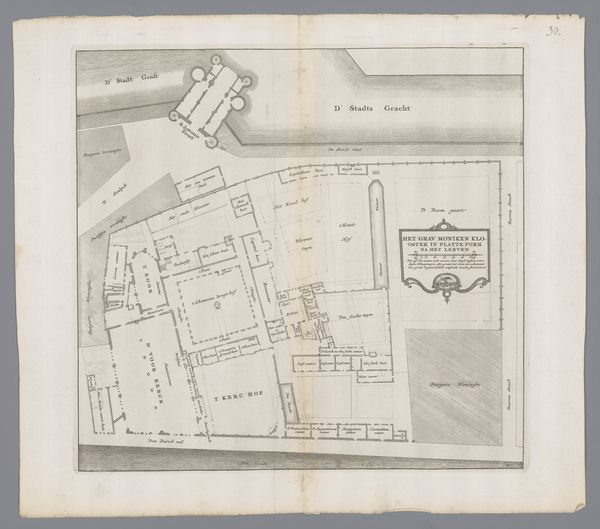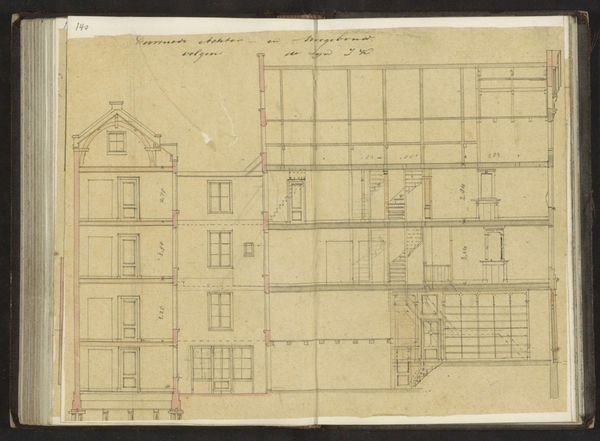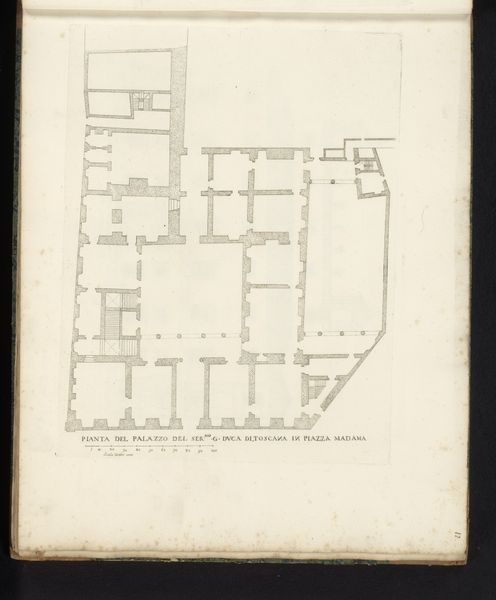
drawing, print, etching, architecture
#
drawing
# print
#
etching
#
etching
#
classicism
#
cityscape
#
architecture
Dimensions: height 261 mm, width 198 mm
Copyright: Rijks Museum: Open Domain
Editor: Here we have an 18th-century print titled "Gezicht op en plattegrond van het British Museum," rendering views and floor plans. It's composed with drawing and etching techniques. I find the level of detail fascinating – what strikes you when you examine this piece? Curator: The print’s material form offers insights into 18th-century production and consumption of knowledge. Etchings like this weren't merely artistic expressions; they were commodities produced within a network of engravers, publishers, and consumers. Think about the labor involved – the craftsman meticulously etching the design onto a metal plate. Editor: So it's less about the artistry, and more about…the industrial process behind it? Curator: Precisely. The division of labor inherent in printmaking reflects the broader societal shifts of the era, this growing emphasis on standardization and mass production. Consider the material properties of the etching itself: the ink, the paper, the press used. How do these choices shape our perception of the British Museum and its cultural authority? Editor: I hadn't considered that. So the print isn't just a picture OF the museum, but a product OF a certain social and economic system. How might the act of replicating and distributing this image change the institution itself? Curator: Good question. The mass production of images like these democratized access to knowledge about institutions like the British Museum. It facilitated a kind of "ownership" of cultural heritage for a broader public. It changed the way buildings were perceived by the burgeoning middle class. Editor: That’s a completely different perspective than what I usually consider with art. It makes me see this piece – and other architectural renderings – in a new, more complex way. Thank you. Curator: My pleasure. By attending to the materiality of the work, we reveal a richer understanding of the interplay between art, labor, and society in the 18th century.
Comments
No comments
Be the first to comment and join the conversation on the ultimate creative platform.
